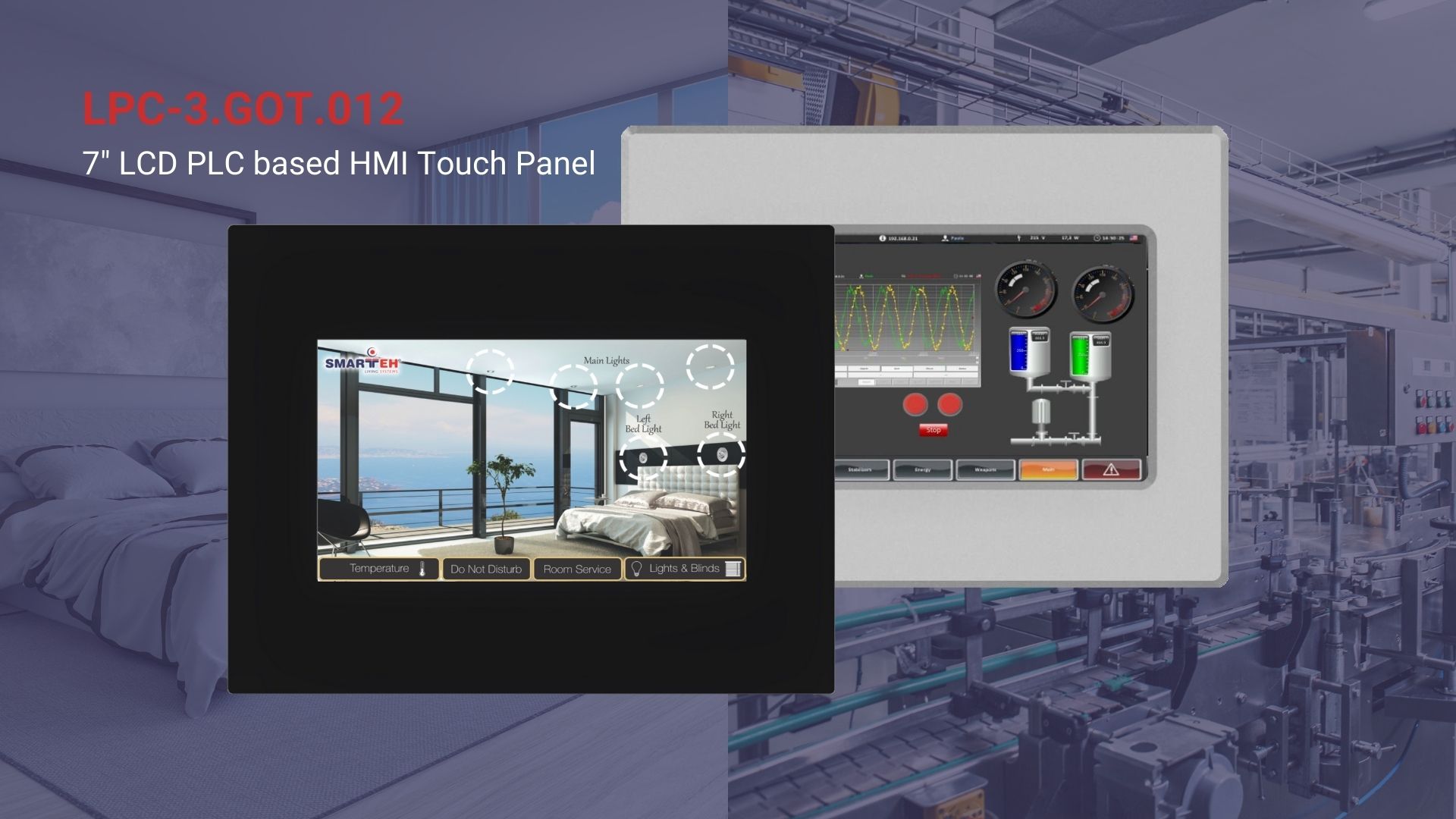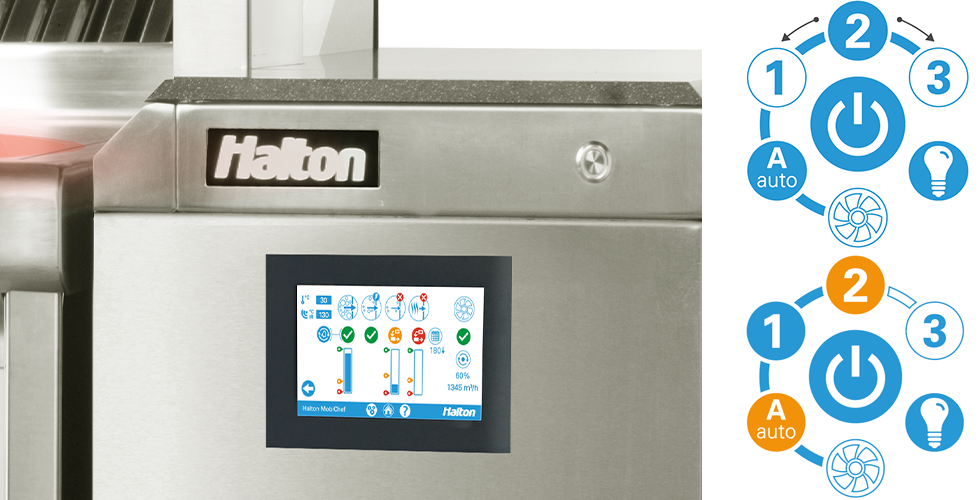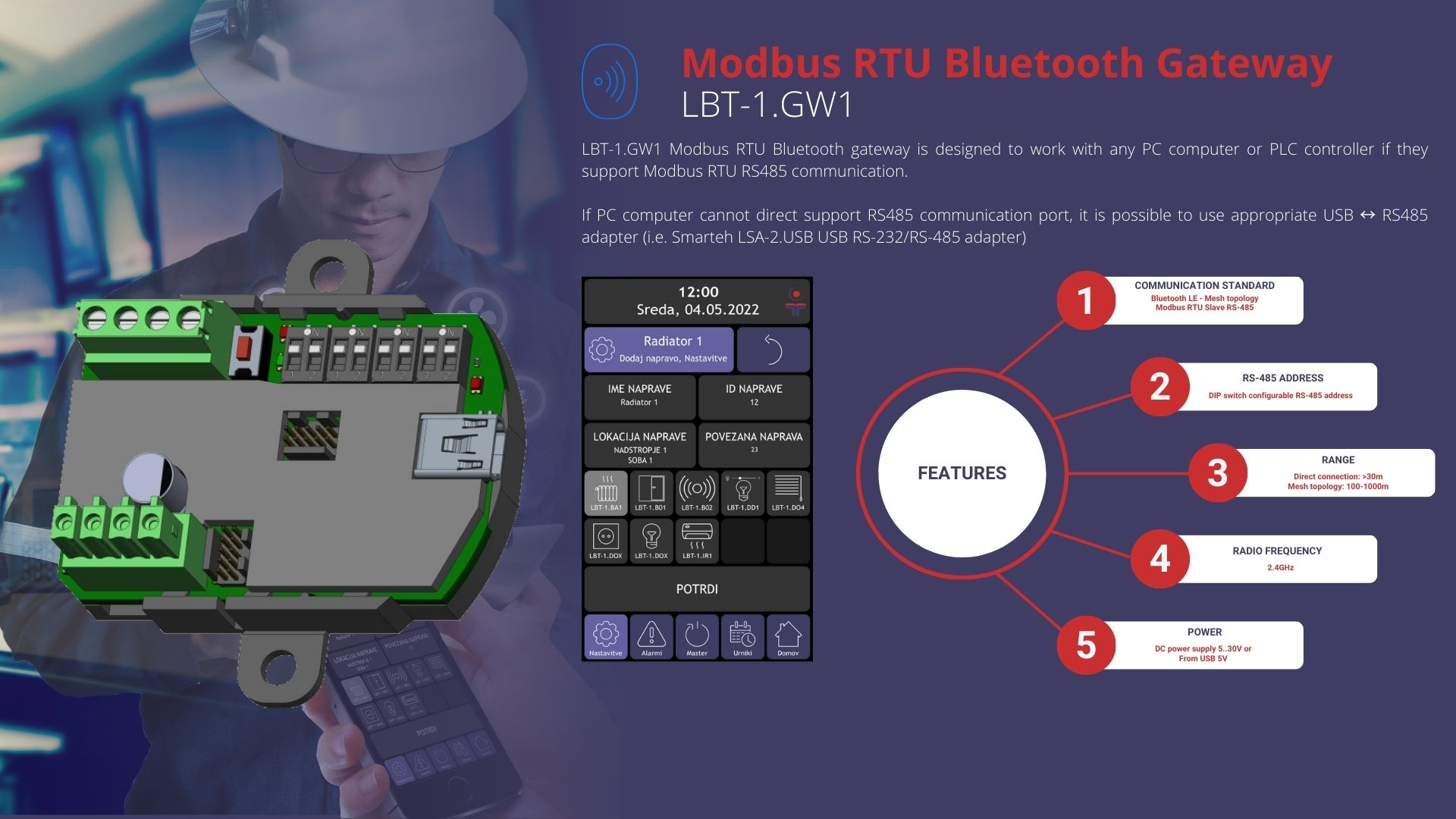Introducing SVGHMI
 |
SVGHMI is a SVG based HMI toolkit. With it, PLC programmers and HMI designers can efficiently produce Scalable Web Based HMIs. HMI design happens in Inkscape. Designer freely draws HMI pages and widgets following WYSIWYG principle. |
WYSIWYG HMI design with Inkscape
WYSIWYG, or “What You See Is What You Get”, is a system in which editing software allows content to be edited in a form that resembles its appearance when printed or displayed as a finished product. [Oxford English Dictionary]
Widgets can be selected from customizable widget library and drag’n’dropped directly in Inkscape.
SVGHMI’s Page and Widget roles are assigned to SVG elements by changing objects name and description in Inkscape.
Open and proven solution
Free and Open Source Software + Open Standards. No hidden license cost.
SVGHMI development was sponsored by Smarteh. Source code was published as part of Beremiz in 2021.
| SVGHMI enabled products | Use cases |
|---|---|
 Smarteh’s GOT-012 Panel (specs, tutorials) |
 Halton MobiChef  LBT-1.GW1 Modbus RTU Bluetooth gateway LBT-1.GW1 Modbus RTU Bluetooth gateway |
 Snap |
Educational and DIY projects |
Grow PLC and HMI in harmony
In SVGHMI, scalability applies to both graphics and data. Once HMI and PLC are associated in a first version of a machine, it is easy to extend both of them simultaneously. In most cases DRY principle applies. PLC code or SVG elements can be re-used and extended.
PLC data exposed to HMI is represented in an “HMI Tree” deduced from PLC program. More precisely, HMI Tree is a simplified subset of POU instances tree. PLC programmer selects variables to be exposed by assigning them a derived HMI_* type. For example HMI_REAL is used instead of REAL to expose a floating point variable.
In order to reduce HMI Tree complexity, structure of POU instance tree is not preserved by default. Only POUs having a single HMI_NODE variable defined appear in HMI Tree. This allows to expose variables that are spread in a complex hierarchy of POUs in a single HMI Tree node.
Re-usable widgets and pages
HMI elements are SVG elements whose labels start with HMI:. They can be widgets or pages, and can point to locations in HMI tree with a path starting with a /, and with /-separated hierarchical levels. For example, /THIS/IS/A/VALID/HMI_TREE/PATH.
HMI:Switch@/GREENLIGHT
“Switch” type widget bound to a variable named GREENLIGHT at root of HMI tree
Each HMI:Page has a unique name. HMI:Jump and HMI:Back widgets are used to switch to other pages. PLC can also trigger page change autonomously. HMI must have at least one SVG element labelled HMI:Page:Home. Home is a special page name: it will make this page the landing page when HMI is loaded.
HMI:Page:Home
Mandatory “Home” page declaration
HMI:Jump:Home
Change current page to “Home” page when clicked
HMI:Back
Change current page back to previous page when clicked
Pages and groups of widgets can be dynamically re-based to another compatible HMI Tree location. They can then be be re-used as HMI components, paired with corresponding POU instances on PLC side.
Simple yet powerful widgets
Widgets are meant to be as simple as possible. Still, they can become complex when implementing interactions that cannot be broken down into multiple independent widgets.
Meter Widget Template (HMI:Meter) |
Voltmeter (HMI:Meter) |
|---|---|
 |
 |
HMI and pages have their own local variables allowing interaction in between widgets bypassing HMI Tree. For example, position of HMI:Scrollbar can be directly connected to a position in HMI:JSONTable with a page local variable.
How does it work ?
HMI’s client and server code is generated during SVGHMI build, based on PLC code and HMI design.
SVGHMI build is part of Beremiz build, available in IDE and command line.





